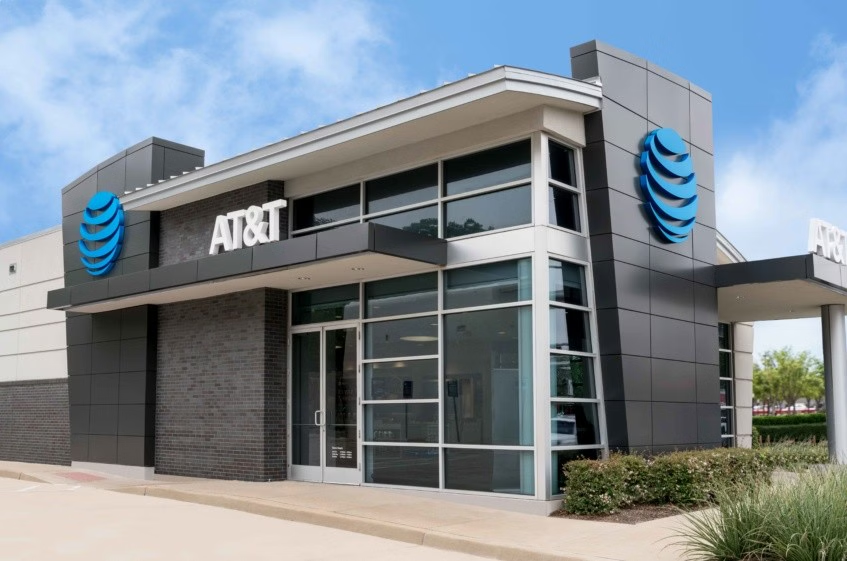Starlink, the satellite network from Elon Musk’s SpaceX, has been working exclusively with T-Mobile for a long time to offer Direct to Cell satellite connectivity. But that’s about to change.
SpaceX CEO Elon Musk said that while Starlink’s satellite connectivity is currently limited to T-Mobile users in the USA, the service will soon be available to customers of other carriers. After the partnership ends, they plan to expand to other carriers and broaden access to it.
SpaceX to extend Direct to Cell coverage worldwide
Three days ago, on September 1, SpaceX’s Senior Director Ben Longmier shared his excitement on X about how the company pulled off a double launch. They succeeded in sending two rockets up from the coasts of Florida and California.
With those missions, they added 26 new satellites to the Direct to Cell program, bringing the total number to 168. It’s huge news for every T-Mobile customers because it means that by the end of the year, dead zones in the U.S. should be a thing of the past. Wherever you are, you will have cell coverage, even in the most remote spots.
In response to his post, Elon Musk wrote that Starlink’s Direct to Cell satellite service is currently restricted to the USA. But after the first year, you will gain reliable connectivity for calls, texts, and data if you are in rural or remote locations. You should also expect emergency services. To be clear, that’s happening in 2025 and it all depends on approval from each country’s government.
The company plans to expand globally and partner with one carrier per country and eventually extend all carriers. Frankly, it makes much more sense this way. With a large-scale project like this, you want to take your time and ensure everything goes smoothly. One carrier per country allows them to fix issues as they pop up and manage costs.
What is a Direct to Cell service anyway?
Direct to Cell capabilities is as it sounds. It lets your phone connect straight to satellites, skipping over the need for regular cell towers. You’ll be able to text, call, or use data even when you’re out in the middle of nowhere, or when the network’s down during an emergency. In comparison, traditional cell towers create a network of coverage areas, or “cells”, that connect phones through a network of towers.
The setup works well in populated areas with lots of infrastructure. But when you’re in remote or disaster-hit regions, you’ll struggle to stay online. Sometimes, even with towers present, a high volume of users is overwhelming for the network, making it difficult to get a good signal.
T-Mobile and Starlink first teamed up back in August 2022 to work on Direct to Cell service. But they were tight-lipped about the start date. In May 2024, they finally came clean about their plans. Today, we know that they’ve also made deals with operators like Rogers in Canada, Optus in Australia, and KDDI in Japan.






